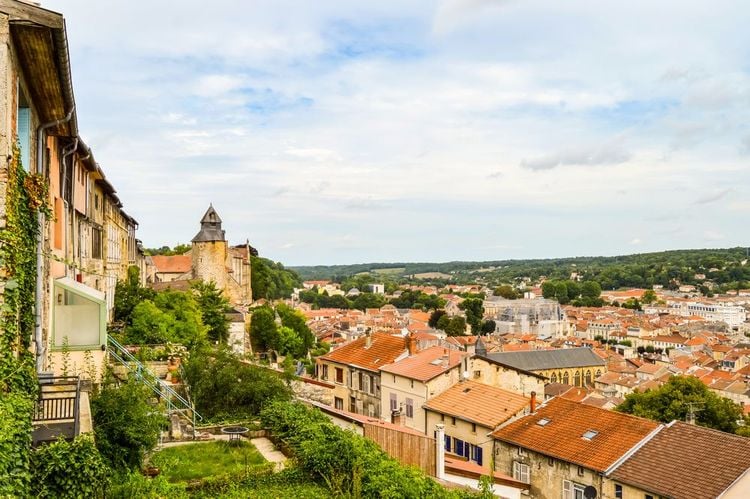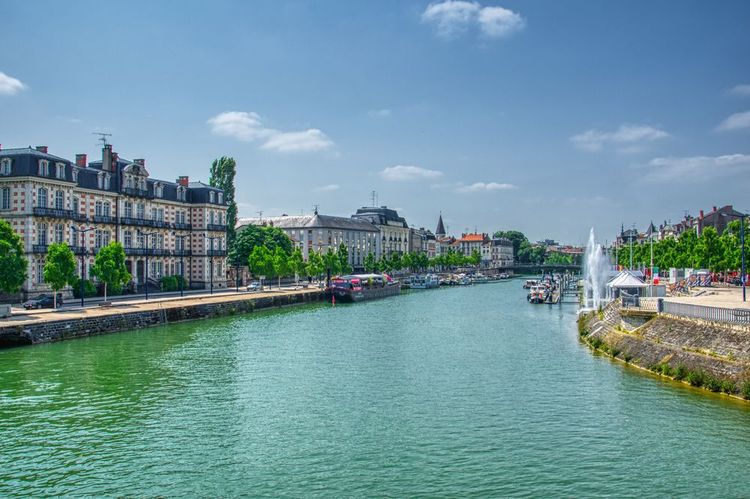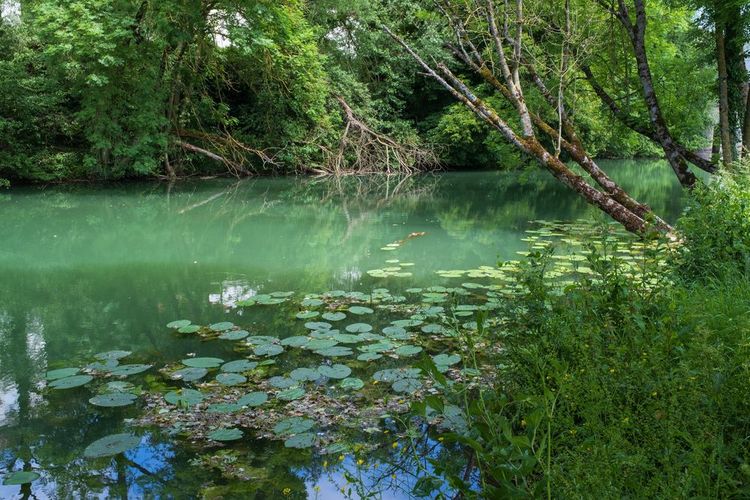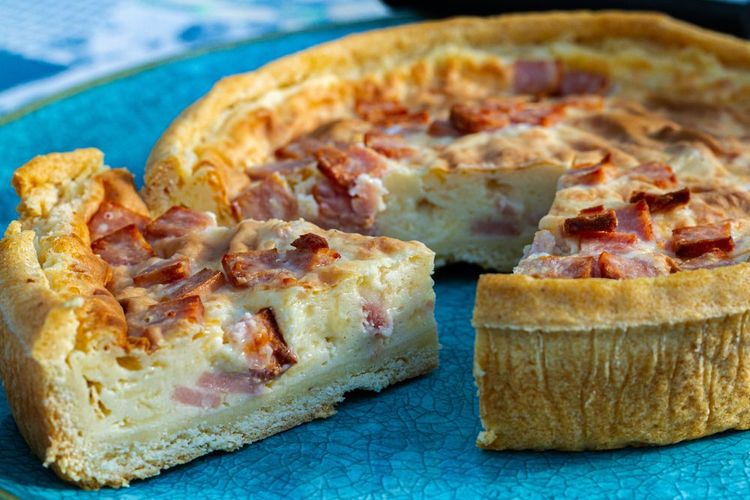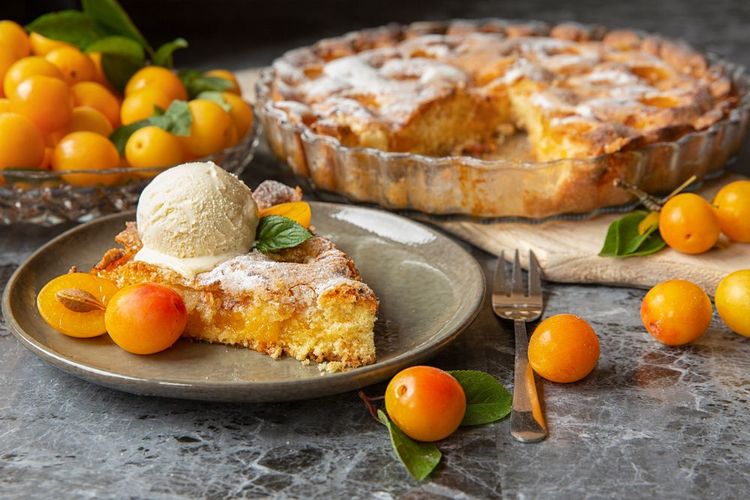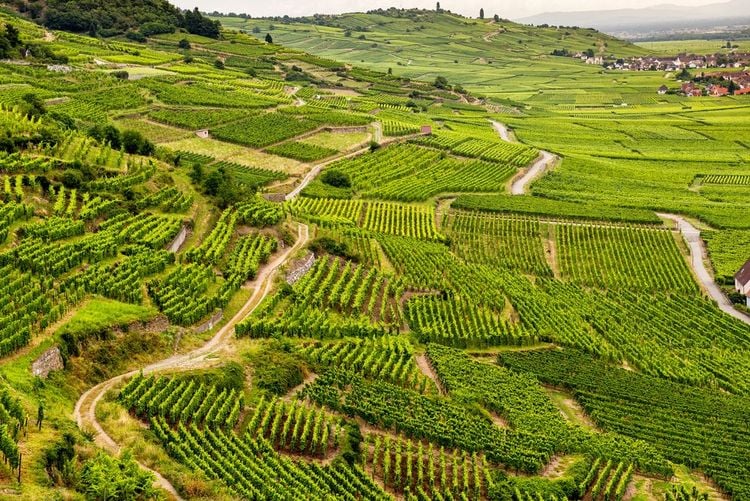Fortified by Vauban in the 17th century, the city of Verdun boasts a double belt of forts that made it the most powerful French fortress in 1914. This historic city was also the scene of one of the bloodiest battles of the First World War, and today is home to the famous Verdun citadel and numerous commemorative monuments.
 Great East
Great East
